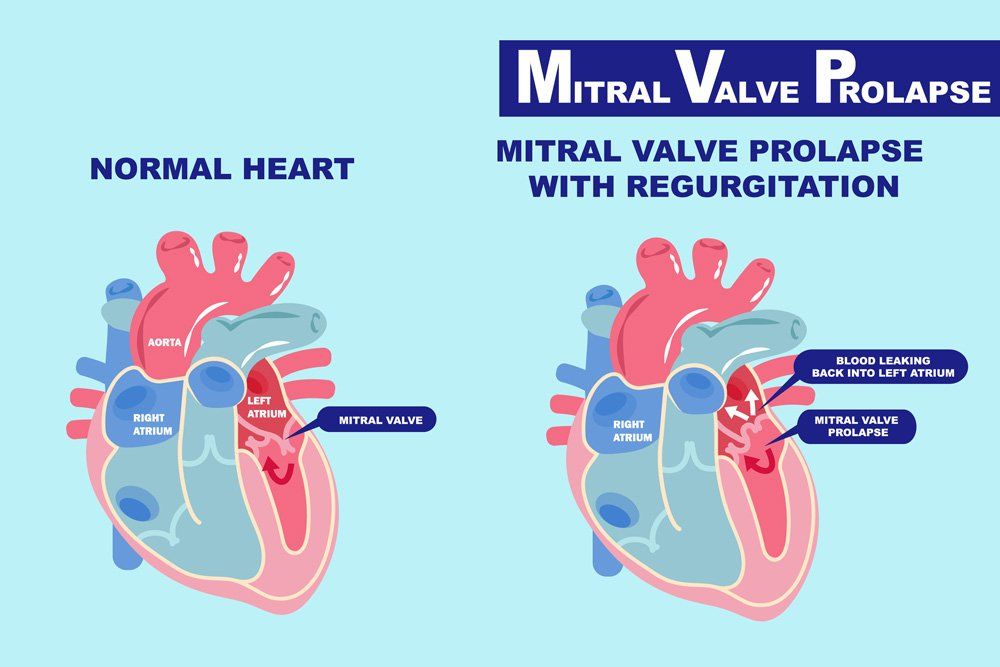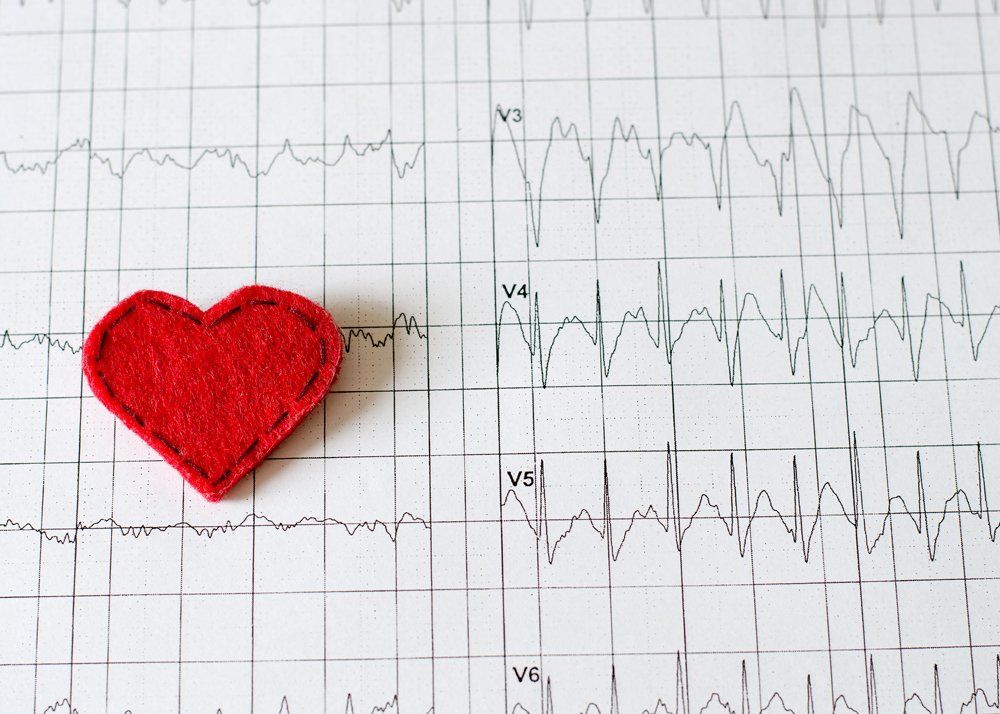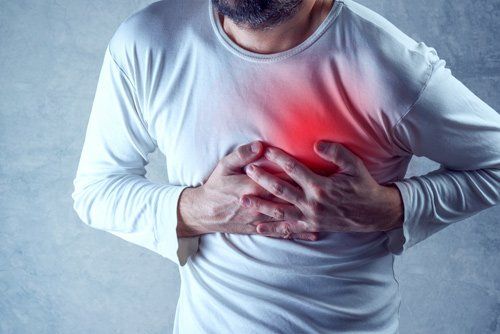Learn About Postural Orthostatic Tachycardia Syndrome
- By Admin
- •
- 21 Feb, 2020
- •

If you've been dealing with symptoms of anemia, like
fatigue, lightheadedness, and a fast heartbeat, you may have been treating your
symptoms with iron supplements and B12 vitamins. However, if you aren't getting
any better, you may want to visit your doctor to see if there's an underlying
problem. Symptoms of anemia can imitate a condition called Postural Orthostatic
Tachycardia Syndrome (POTS).
Learn more about POTS and how it can affect you.
What Is POTS?
In this condition, a person's blood volume is reduced when they stand up. As a person stands, gravity tends to pull more blood to the lower part of the body. In a healthy person, the body releases hormones to tighten blood vessels so that blood flows more efficiently back to the heart and brain.
In people with POTS, blood vessels don't have an efficient response, so the longer they stand upright, the more blood pools in the lower half of the body. To counteract this problem, the body may release more and more adrenaline to tighten blood vessels to counteract blood pooling.
People with POTS may experience:
- Chest pain
- Brain fog
- Fatigue
- Lightheadedness
- Shakiness
If you have POTS, you may notice that your heart races rapidly, but that it tends to slow down when you sit or lie down. Blood doesn't pool as much when you are in these positions.
What Causes POTS?
This condition has many causes. Some people have genetic abnormalities in the way their nerve-transmitters respond, and POTS can be a side effect. Mast cell disorders (cells of the immune system) can increase your risk of POTS.
In many conditions, POTS is a secondary symptom. For instance, people with Lyme disease, Ehlers-Danlos syndrome, or Chronic fatigue disorders can develop POTS.
How Is It Diagnosed?
Specialist doctors can run an echocardiogram to determine if you have POTS. An echocardiogram will show how your heart's valves and chambers are pumping blood. During the echocardiogram, you will wear electrodes which will check your heart's rhythm.
During tests that check your heart, your doctor may also do a tilt-table test. During this test, you will be strapped onto a table that will change your positioning rapidly from lying down to standing. This test will show how your heart rate and blood pressure change to your change in position.
Some other tests that can help with diagnosis include
- Quantitative Sudomotor Axon Reflex Test (QSART): This test measures autonomic nerves that control sweating
- Autonomic breathing test: This test measures how your blood pressure responds to exercise
Once you have a firm diagnosis that you have POTS, you can look into various treatments to manage the disorder.
How Is It Treated?
Symptoms of POTS may come and go, but if you find the right treatment and diet, you can often manage the symptoms enough to greatly improve your quality of life.
One surprising dietary change that you may need to make is to add more sodium to your diet. Sodium binds to water, so it will help you maintain your blood volume better. You'll also want to stay well hydrated since this can help with your blood pressure.
You'll also want to talk with your doctor about which medications you should be taking. Some people take beta-blockers so that their bodies don't release too much adrenaline. Other medications that may help include:
- Those that improve blood vessel constriction
- Those that help kidneys retain sodium
- Those that improve blood volume
You and your doctor will also want to develop an exercise regimen since exercise can relieve symptoms and improve your circulatory system. However, you should start out with mild activity to build a tolerance since some people experience a worsening of symptoms if they do hard activities.
Reach out to us at Anderson Heart & Vascular, PC, for more information on heart testing, like echocardiograms, and for more information on how to treat this disorder.










